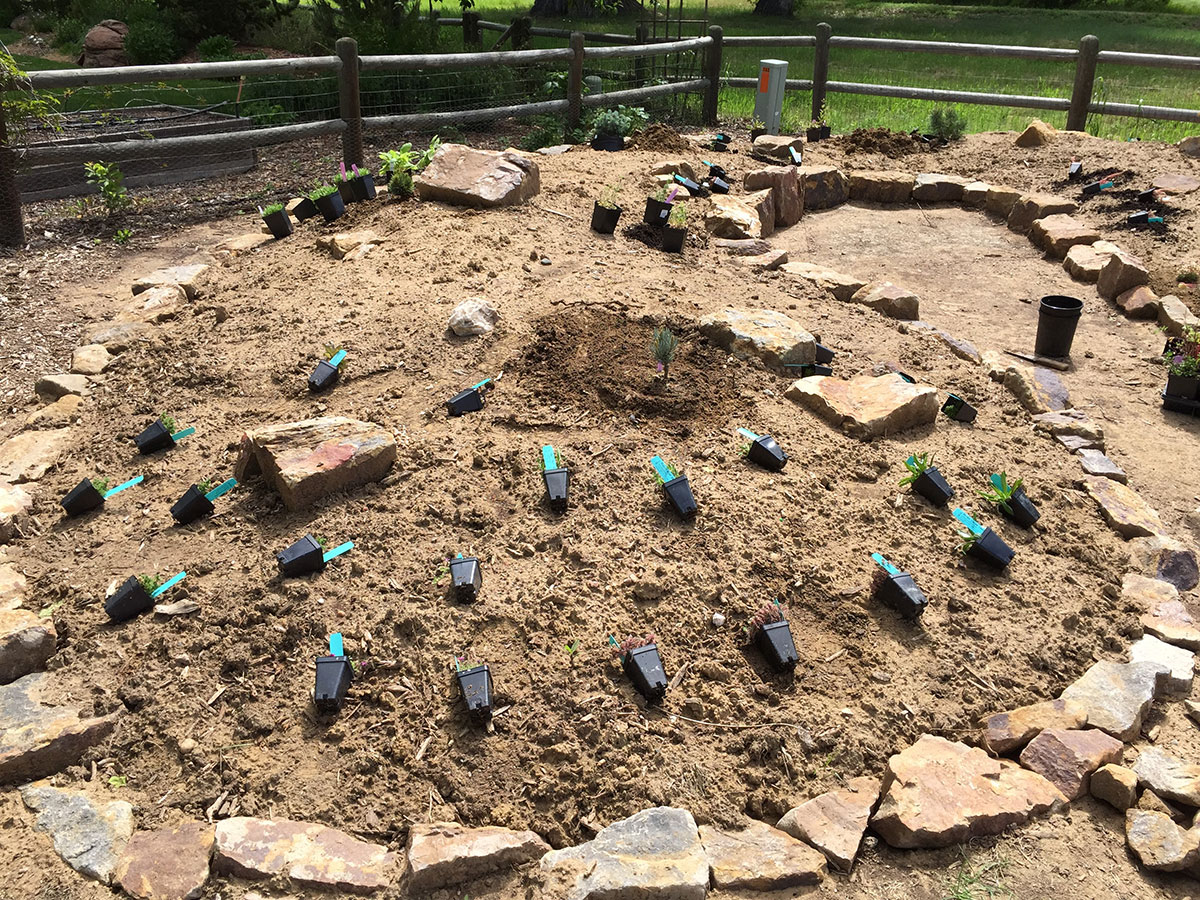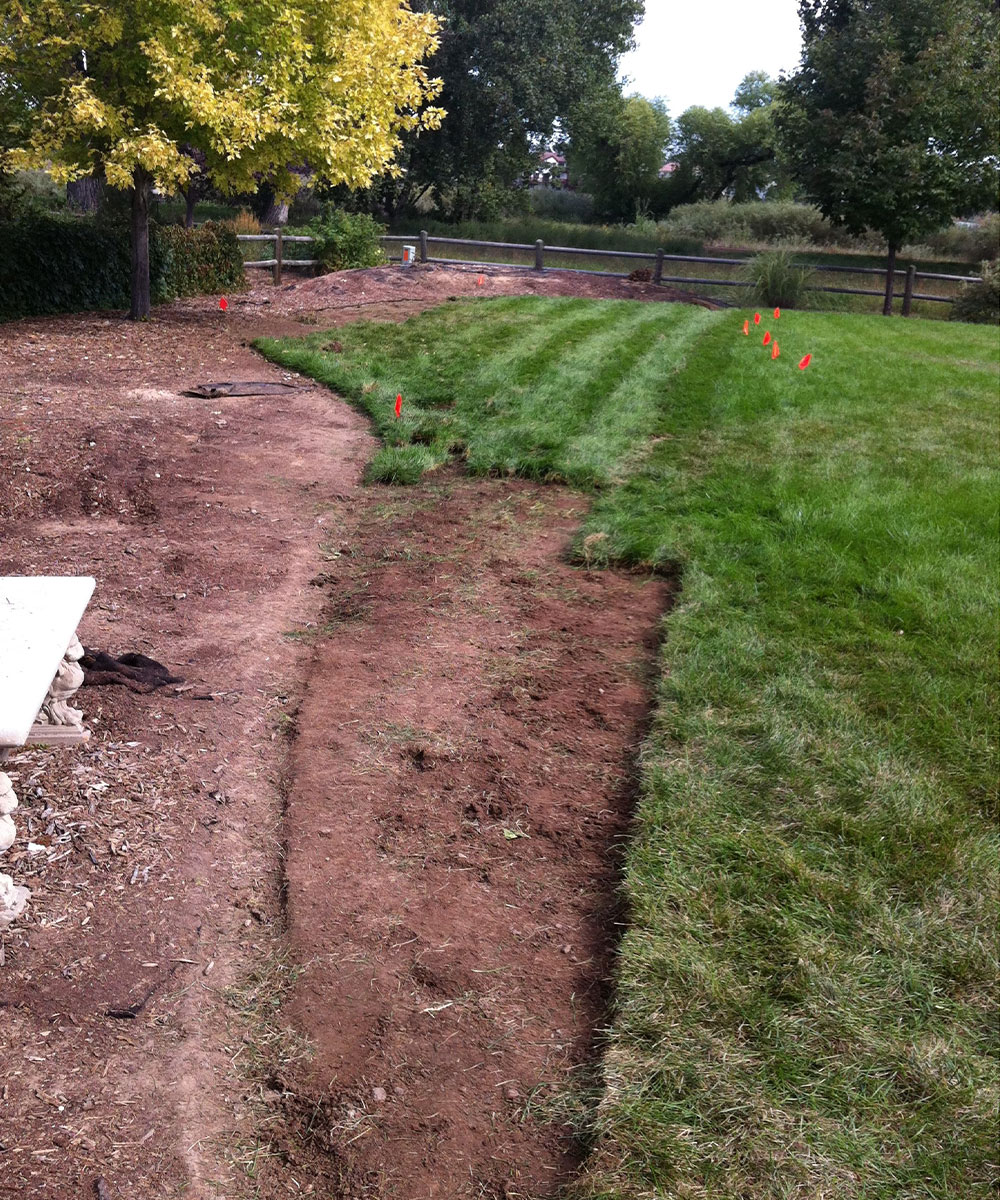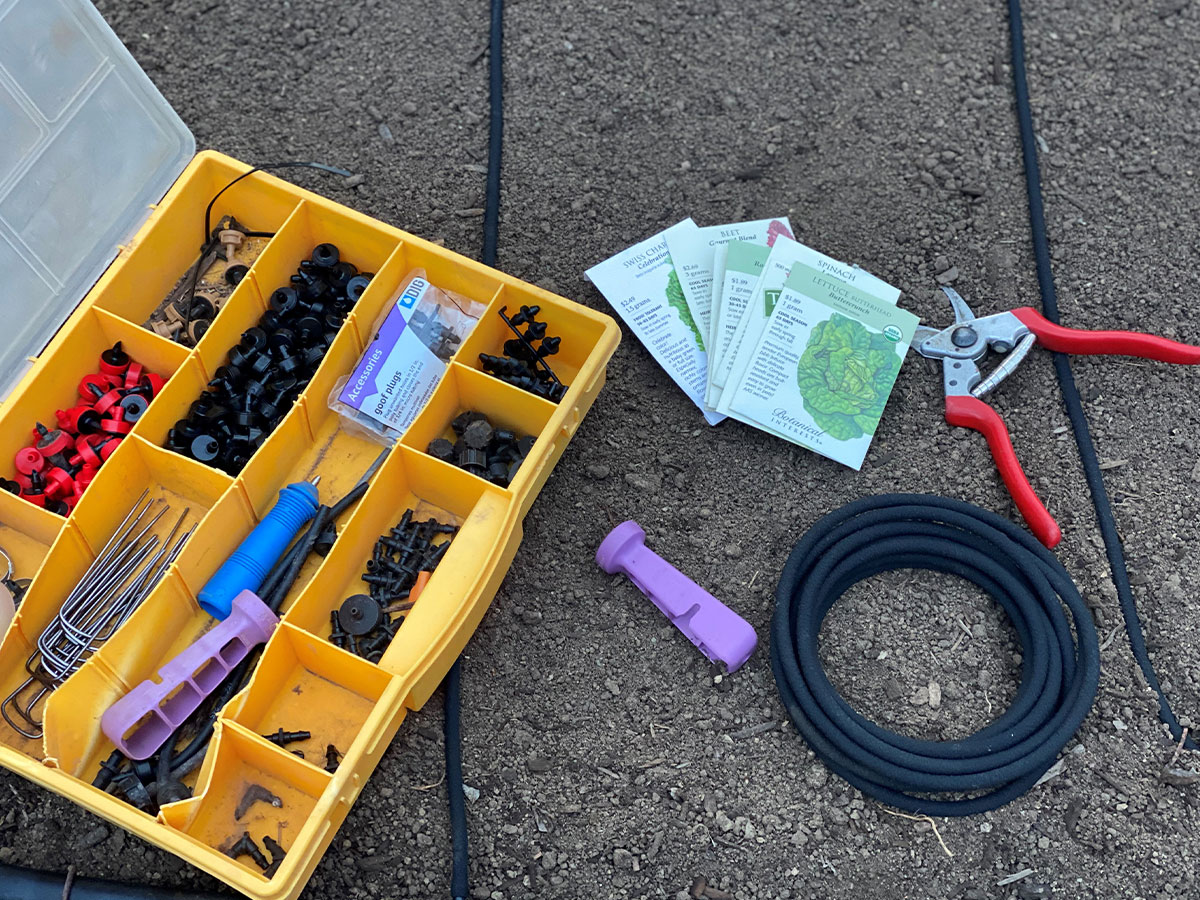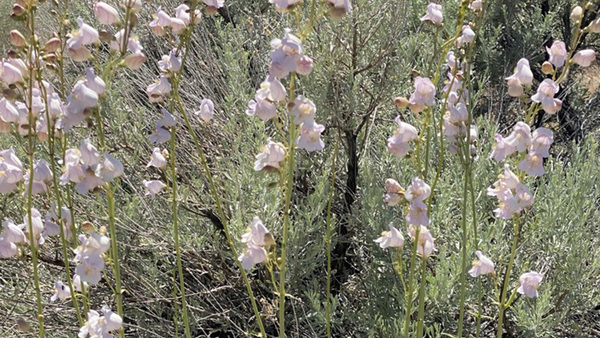
If you’ve lived in the Mountain West for any period of time, you know the importance of water. Throughout our winters, we watch snowpack totals accumulate in our mountains, and during summer we eagerly await the monsoons; this affects drought conditions. These drought conditions in turn impact our natural environment and home landscapes. An enormous amount of potable water is used to irrigate these landscapes in our semi-arid climate, so it’s no wonder that many of us have transitioned our gardens to xeriscapes.
What is xeriscaping?
The authors of Xeriscape Colorado describe xeriscaping as “purposefully creating a beautiful, restful outdoor environment without consuming thousands of gallons of expensively purified water in the process.” In short, xeriscapes require little to no irrigation to maintain. However, xeriscape gardens can be much more than just collections of junipers (Juniperus spp. and cvs., Zones 2–9), rocks, and cacti. They can be lush, full of color, and even include small lawns.

Isn’t that just rock gardening?
There is definitely some overlap between xeriscaping and rock gardening, but xeriscape is more of an overall concept and philosophy to create a water-wise landscape. Rock gardens are a particular type of gardening style featuring berms, rocks, and boulders of various sizes, and plant material that thrives in those conditions. Xeriscape gardens and landscapes can include rock gardens. Rock gardens may be xeric, but not necessarily so—it would depend upon the plant material chosen.
7 key principles of xeriscaping
How would you go about incorporating this planting style into your garden? There are a few key principles to keep in mind.
1. Planning and design. Determine how much time you want to spend maintaining the garden and how you will use the landscape. Next, create a base map of your landscape, which will be your template for creating zones in your garden. These zones can be composed of hardscaping, flower beds, vegetables, lawn, or other elements.
2. Improving the soil. You can always get a soil test done, but at the very least incorporate several inches of compost or other organic matter. Quicker plant growth and beautiful blooms will be your reward. It is important to note that some of our native and desert plants prefer gravelly soils over compost-rich soils. Be mindful of this when choosing your plants.

3. Practical turf areas. Watering grass requires most of the water used in landscapes. Consider if a patio would be more useful than a turf area or how big a yard your children really need. You may also want to look at nontraditional turf selections such as buffalo grass or blue grama. These options require less water than traditional turf but typically cannot take heavy foot traffic.
4. Selecting appropriate plants for each location. There are many beautiful xeric plants to choose from so that you can have color all season. See the end of this article for recommendations. Remember to group plants together that have similar water and light requirements. Put plants that need more water in low-lying areas or near a downspout, and put those that love hot, dry areas in hot, dry locations in your garden.

5. Watering efficiently. Consider converting your planting bed to drip irrigation to water more efficiently by putting the water directly in the root zone of each plant. Group plants according to water needs.
6. Mulch. Mulch helps prevent weeds and minimizes water loss due to evaporation. Wood mulch should be applied 2 to 4 inches deep, and small rock or pea gravel can be applied 2 to 3 inches deep. Again, some plants prefer mulch or rock and vice versa, so be aware.
7. Maintenance. A properly maintained garden helps keep the landscape beautiful and healthy.
For xeric plant recommendations, read on here:
- Cold-Hardy Cacti for the Mountain West
- Rocky Mountain Rock Garden Plant Picks
- Plants for High and Very Dry Mountain Gardens
- Plants That Like It Hot
- Great Water-Wise Plants
To learn more about xeriscaping, check out these organizations, xeriscape gardens, and other resources:
- Cheyenne Botanic Gardens
- Colorado Springs Xeriscape Demonstration Garden
- Denver Botanic Gardens
- Gardens on Spring Creek in Fort Collins, CO
- Northern Water in Berthoud, CO
- Red Butte Gardens in Salt Lake City
—Michelle Provaznik is executive director of the Gardens on Spring Creek in Fort Collins, Colorado.
Fine Gardening Recommended Products

Corona® Multi-Purpose Metal Mini Garden Shovel
Fine Gardening receives a commission for items purchased through links on this site, including Amazon Associates and other affiliate advertising programs.

The Regenerative Landscaper: Design and Build Landscapes That Repair the Environment
Fine Gardening receives a commission for items purchased through links on this site, including Amazon Associates and other affiliate advertising programs.



















Comments
Log in or create an account to post a comment.
Sign up Log in